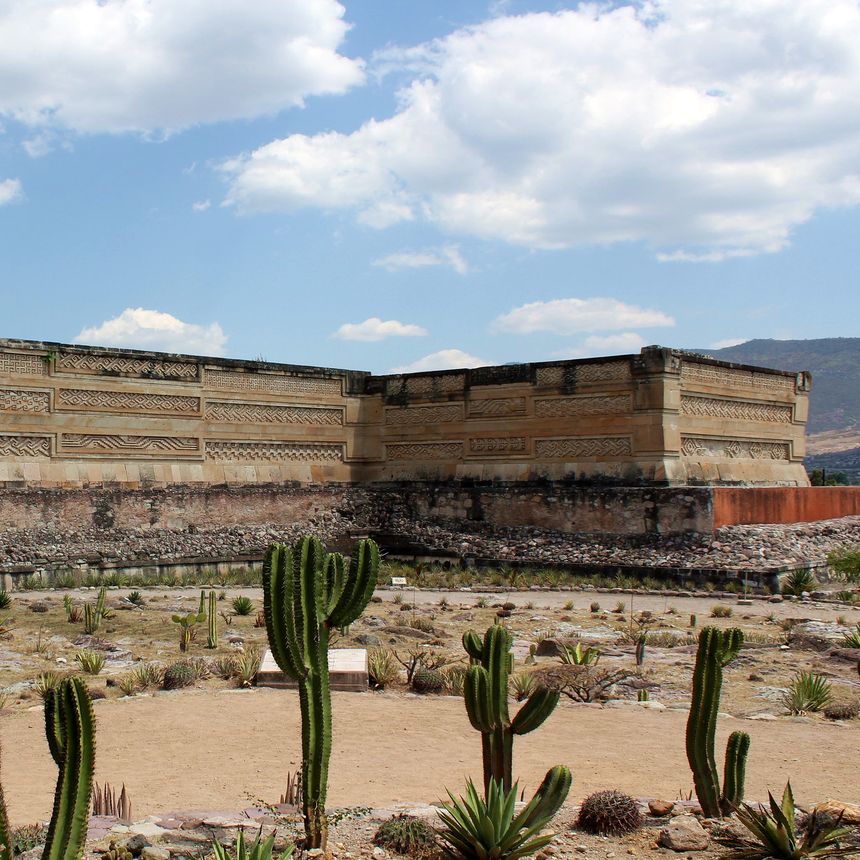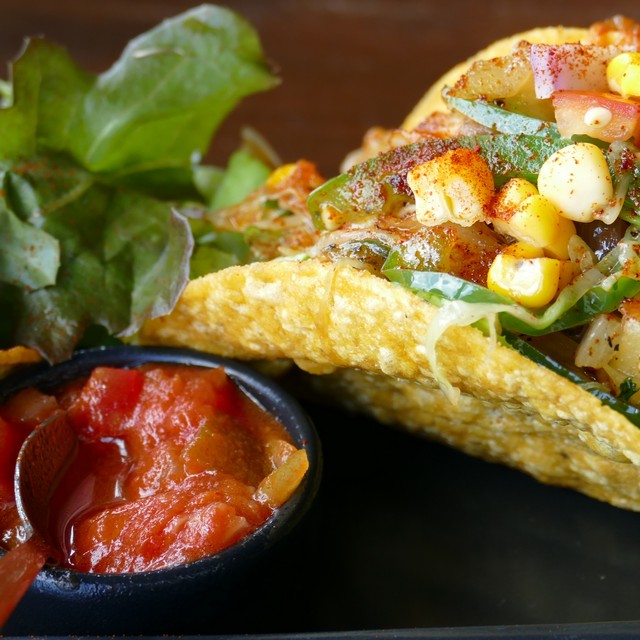
Treasures of Oaxaca
Mexico
Culture
The last bastion of indigenous Mexico
£0
This is the price per person for a private tour (based on 2 people travelling) excluding international flights. Contact us for pricing for other group sizes including individuals.
10 days
